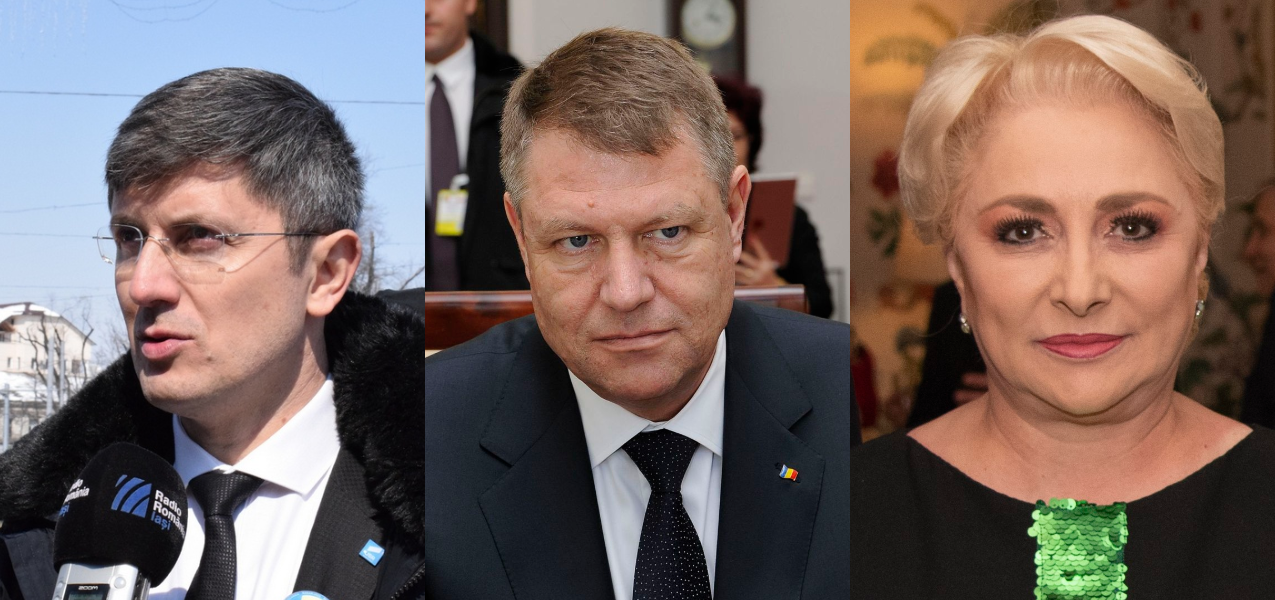ROMANIA MONITOR
Date: 8 August 2019
Romania’s Presidential Race Kicks Into Gear
Even before the summer holidays, there was no candidate who wanted to compete with Romania’s currently serving president, Klaus Iohannis. Now, several politicians have declared their interest in running for the position. Among them is Prime Minister Viorica Dăncilă, for whom a clash with the head of state will be even harder, because she failed to come to an agreement with the current coalition partner.

For a time, there was a lot of speculation. The names of the so-called “certain” or “potential” candidates put forward by the ruling party kept appearing in the Romanian media. Besides the obvious question of who will be nominated, the question of “by whom” they will be nominated was also important. Negotiations between the ruling Social Democratic Party (PSD) and its coalition partner were under way. However, the representatives of the Alliance of Liberals and Democrats (ALDE) wanted to nominate Călin Popescu-Tăriceanu for the position. Therefore, no agreement was reached. At the end of July, Prime Minister Viorica Dăncilă was nominated by her party’s authorities as the official candidate in the upcoming presidential election. The fact that not everyone was pleased with this decision became even more evident when the prime minister threatened to impose sanctions on people who intend to criticise the party in any way outside its platform. To shed more light on the issue, the Social Democratic Party is currently facing a major crisis after its leader Liviu Dragnea was sentenced to prison and, to make things worse, prior to that, the party had been pipped to the post in the recent elections to the European Parliament. Therefore, attempts to enforce discipline should not come as a surprise.
Support Us
If content prepared by Warsaw Institute team is useful for you, please support our actions. Donations from private persons are necessary for the continuation of our mission.
Shortly after the announcement of the PSD’s candidate, coalition partners from ALDE took the floor. They decided to put forward their own candidate, the already mentioned Călin Popescu-Tăriceanu. There are many indications suggesting that the two parties should, in fact, get along with each other. At least, according to opinion polls, which say that the candidates of the PSD and ALDE should get 7.5% and 14% of support respectively. At present, Victor Ponta, former Prime Minister of Romania in the years 2012-2015 and a former member and leader of the PSD who after being expelled from the party became one of the leaders of the centre-left PRO Romania Party, can count on about 13% of support. Around 10% of respondents said that they would support Dacian Cioloş, who, interestingly enough, served as Prime Minister of Romania for about a year in the technocratic government formed after the resignation of Ponta (this happened right after a tragic fire broke out at the Colectiv nightclub, where several dozen young people were killed). Currently, Cioloş is a member of the PLUS Party, which took part in the 2019 European elections in alliance with the Save Romania Union (USR). Even this coalition did not agree on nominating a single candidate, which is why, the USR is to be represented by Dan Barna (according to opinion polls, he has around 9% of support). Eugen Tomac from the PMP (1.5%) and Hunor Kelemen from the UDMR (2.8%), a party representing the Hungarian minority in Romania, can count on minimal public support. The Hungarians always put forward their own candidate, which, however, does not always go hand in hand with the support the party receives in elections to Romania’s parliament, where they have no problems crossing the 5% electoral threshold.
Of course, it is not certain if all of the above mentioned candidates will eventually decide to run for president. However, one thing is certain: Romania’s currently serving president, Klaus Iohannis can boast about 40% of support, implying that the distribution of power among the rest of the candidates means that he does not have to worry too much about re-election. Even if there was a second round of voting, most parties would still support him over any representative of the ruling coalition. But then again, everything is possible in politics, so in order to see the results, one needs to wait until the election which is scheduled on November 10.
All texts published by the Warsaw Institute Foundation may be disseminated on the condition that their origin is credited. Images may not be used without permission.














